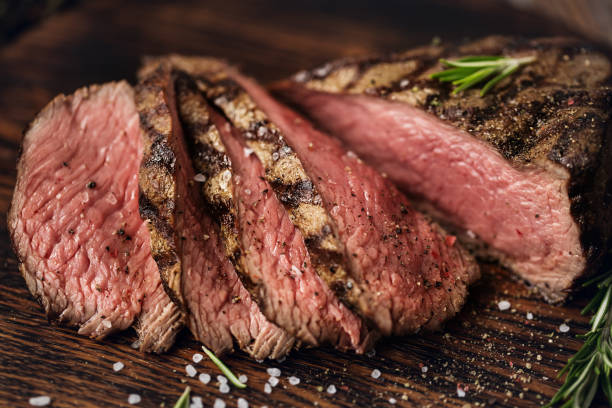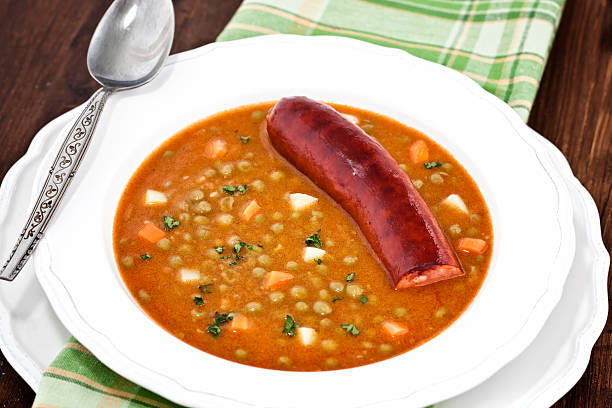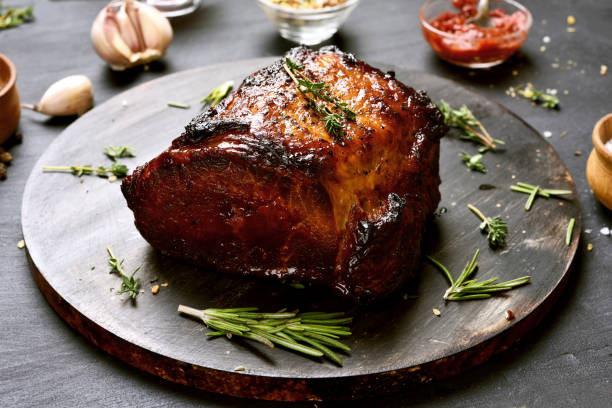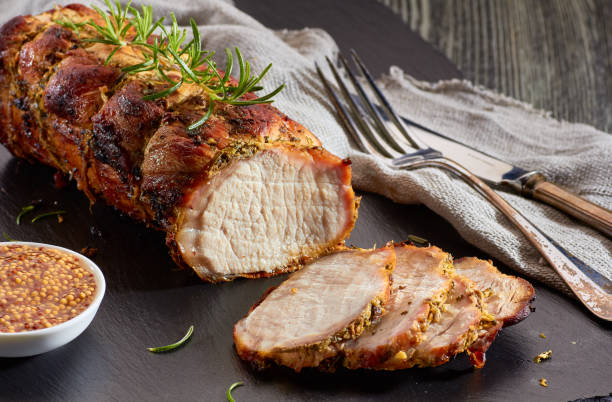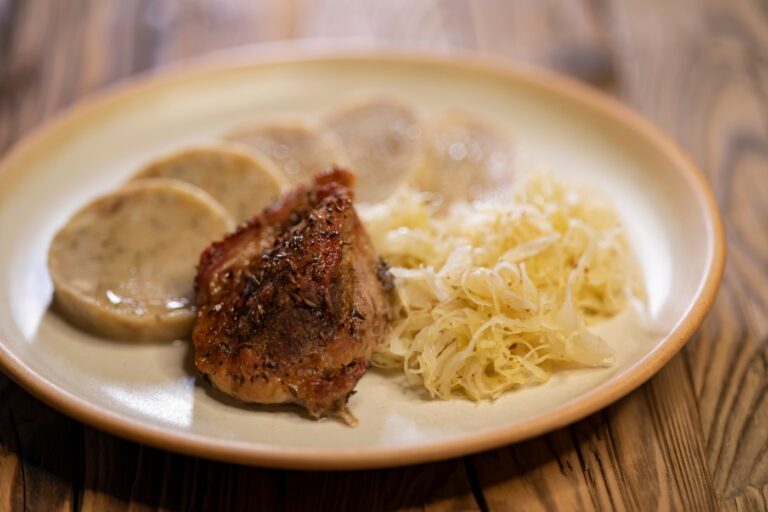The jackfruit is an insider tip for vegetarians and vegans because its pulp can be used unripe like chicken or pork! So it’s no wonder that the latest food trend takes advantage of this meaty quality. Making your own vegan pulled pork burgers from jackfruit is currently a hit with foodies! Here is the recipe for it.
That’s how healthy the “vegetable meat” is jackfruit
The unripe jackfruit, which can be up to one meter long and weigh up to ten kilograms, has a consistency that is very similar to that of chicken breast fillet, which is why they are a great meat substitute. Ripe fruits taste similar to a mixture of pineapple and banana – but the taste of the kernels is more reminiscent of chestnuts.
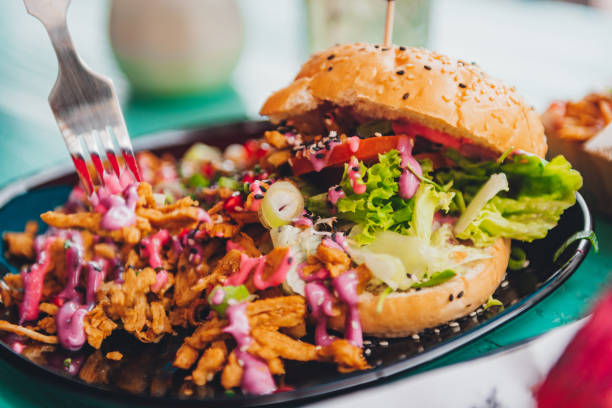
Jackfruit is particularly rich in nutritious starches, which explains why they play an important role in countries of origin such as Southeast Asia or Brazil as a staple food and as a substitute for rice. With 27 milligrams per 100 grams, tropical fruits contain a high proportion of calcium, which is particularly important for healthy bones and teeth.
The seeds of the jackfruit are also small power packs because they are full of vitamins from the B group, magnesium, iron, and sulfur.
The vegan pulled pork burger recipe
The ingredients:
For the fruity barbecue sauce:
- 2 juice oranges
- 1 pineapple (approx. 125 g pulp)
- 2 small onions
- 1 tbsp canola oil
- 200ml ketchup
- 4 tablespoons maple syrup
- 2 tablespoons Worcestershire sauce
- 2 dried chili peppers
For the burger:
- 1 can of jackfruit pieces (from the Asian store, about 560 grams)
- 2 shallots
- 1 clove of garlic
- 3 tbsp canola oil
- 2 burger buns
- 4 lettuce leaves
- 2 radicchio leaves
- 1 tomato
The preparation:
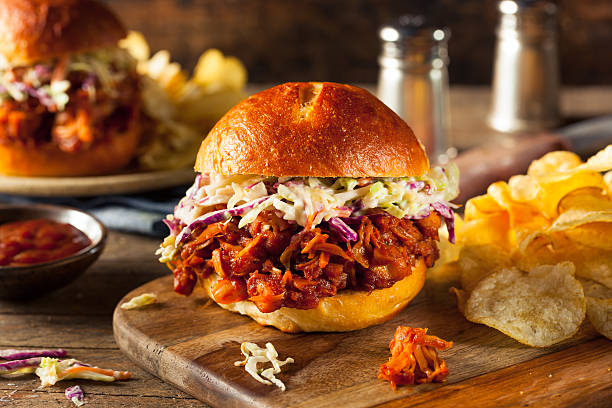
- For the barbecue sauce, halve and squeeze the oranges. Measure out 100 milliliters of juice. Peel the pineapple and dice the flesh into small pieces. Peel and finely chop the onions.
- Heat the oil in a pan, add the onions and sauté while stirring. Drain the fat from the pan, leaving about 1/2 teaspoon.
- Add the pineapple, ketchup, maple syrup, orange juice, Worcestershire sauce, and chilies to the onions in the pan. Bring everything to a boil and simmer over medium heat for about five minutes.
- Hang a colander over a bowl. Pour in the sauce, press through the sieve with a ladle, and leave to cool.
- Now for the burger, rinse the jackfruit pieces under running water and drain.
- Peel shallots and garlic clove. Cut the shallots into narrow strips and finely chop the garlic.
- Heat the oil in a pan, and add the onion and sauté over medium heat. Then add the garlic and jackfruit pieces and sauté for about six minutes.
- Add the barbecue sauce to the pan and continue to simmer over low heat for another 15 minutes.
- In the meantime, toast the burger buns, and wash and drain the two lettuce leaves. Cut the radicchio into fine strips and the tomato into fine slices.
- Divide the jackfruit into fine fibers, place the lettuce leaves, tomato, pulled jackfruit, and radicchio on the bun halves, and fold them together – bon appetit!

